It’s a Saturday morning in Williamsburg, Brooklyn, but it has already been such a full one that it feels far later in the day. We stand on a sidewalk, unloading cartons of leafy, fragrant produce onto the concrete while chef José Ramirez-Ruiz lifts the grate to reveal the sleek, minimalist storefront that is Semilla.
We’re just arriving from the Union Square Greenmarket, where it seemed as if chefs Ramirez-Ruiz, Pam Yung, and their sole cook, Caitlyn Head, operated of a single mind. While I felt frequently lost in the melee, they were never more than a few seemingly clairvoyant moments from lojacking one another.
In getting a good look at their workspace, it’s apparent the team’s telepathy isn’t just a cool party trick––that their awareness of one another’s whereabouts is critical. There’s just about enough room in their kitchen for three bodies––and maybe a dishwasher––assuming no one makes any sudden movements.
The team wastes no time speechlessly starting on respective tasks. They’re aware that diners have battled it out for one of the 36 to 44 covers they’ll do tonight, and they work with the respectful intention of honoring those efforts.

The oven greedily welcomes Yung’s now-Instagram-acclaimed sourdough. Almost immediately, the heady, yeasty aroma of the baking bread warms the space. Ramirez-Ruiz takes a moment to pour us each a cold brew coffee before addressing the colorful sheaf of vegetables stacked on the horse-shoed chef’s counter that runs the length of the restaurant and provides the only seating opportunities––18 diners at a time. They begin to break down ingredients, to prepare a few dishes for us, and to pull together their own family meal––all before dinner service begins.
Semilla is a rare species of restaurant: a critically-lauded, now-Michelin-starred, vegetable-focused tasting menu motivated by a strong sense of conscience and social awareness. But if there was any concern that they were all substance, just wait until you see Semilla’s style. Ramirez-Ruiz and Yung Wonka-fy their hand-sourced veggie treasures with veneration, from root to tip. And they do so with careful, unpretentious acknowledgement of where their prized plants originated: the ground.
“When you’re dining, you’re so removed from where the ingredient comes from, from feeling the food. Everything is two dimensional––just smell and taste. We try to get people to get their fingers dirty, to eat with their hands,” Ruiz-Ramirez shares. “And we provide wet naps, so fancy people feel okay about it too,” he laughs.
“I like to do really beautiful dishes, but I also like to do things that are a little more rustic,” the chef says, assembling his mise en place. “There’s this notion that if you do a tasting menu, everything needs to be tweezered and precious and super refined,” he continues. “But there is something that people aren’t talking about––another word directly affiliated with refinement––and that is waste. The more you refine things, the more you’re creating waste. We’re trying to create a restaurant that has the least amount of waste.”
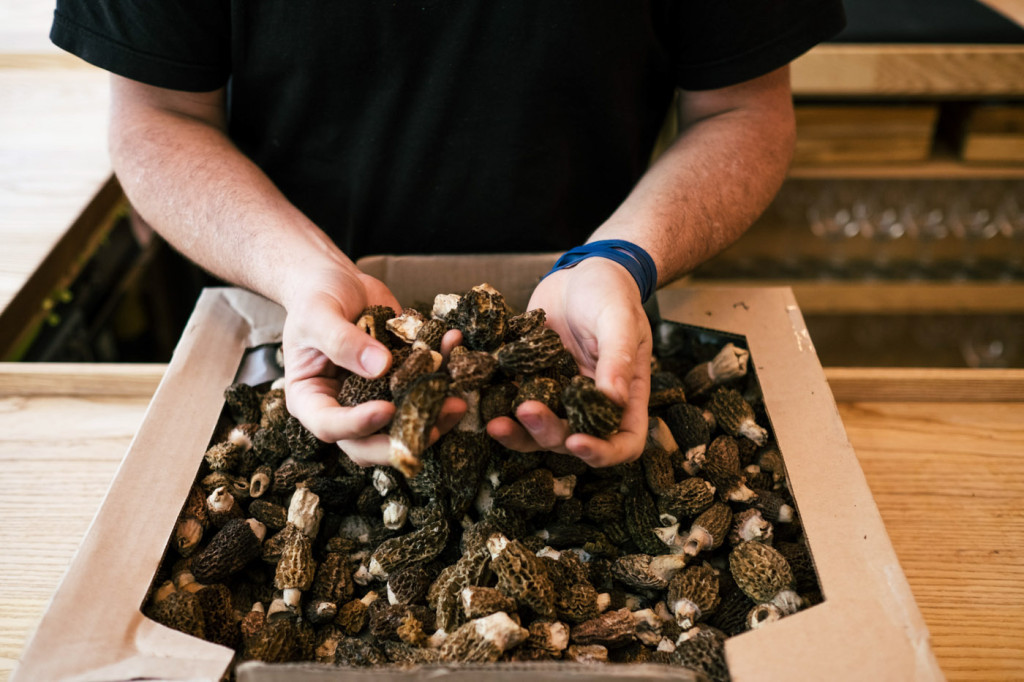
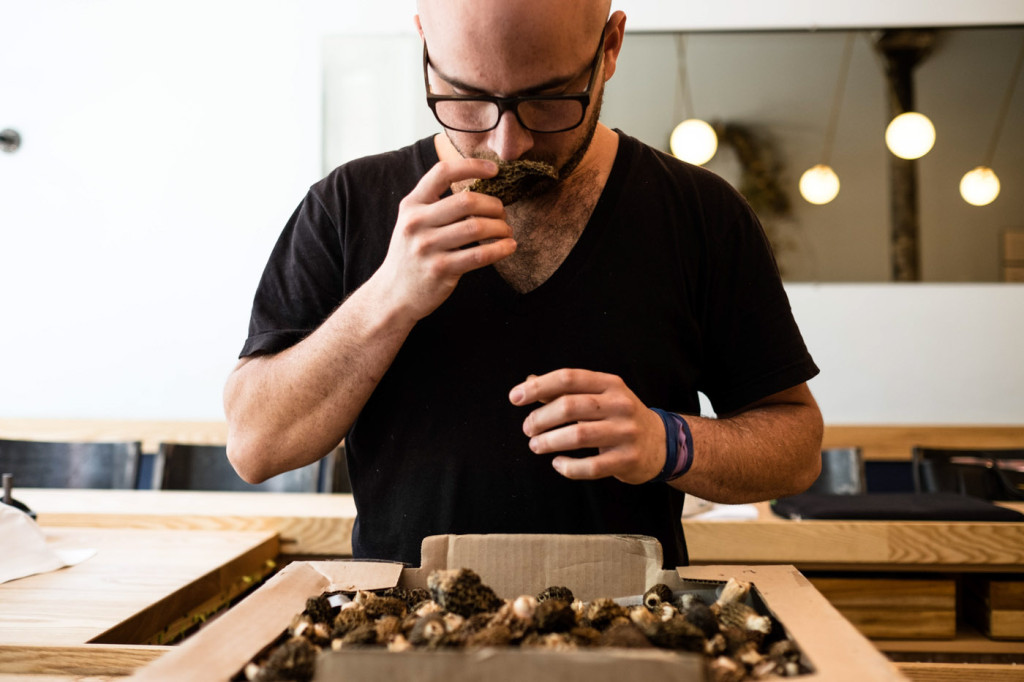
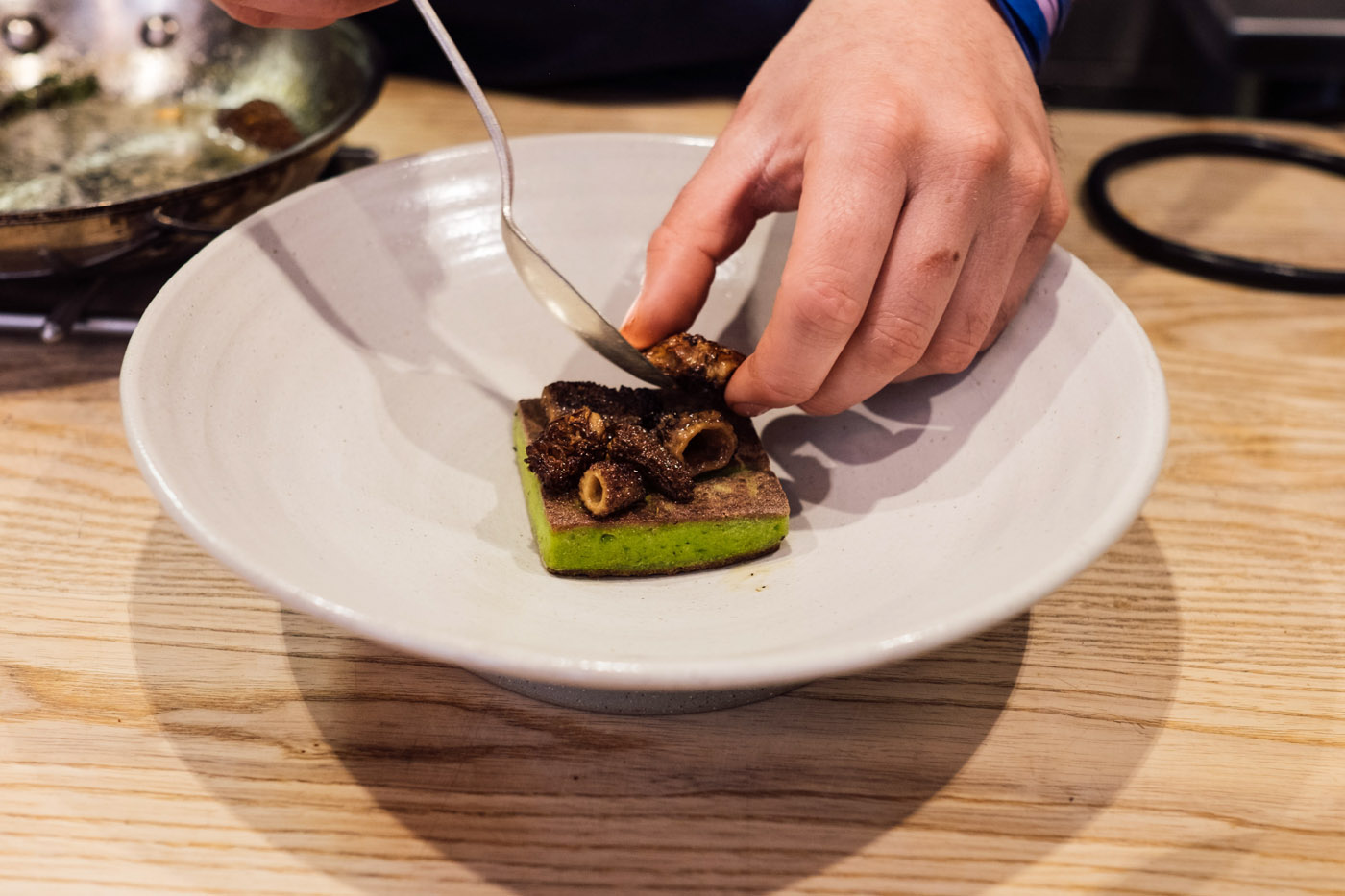
That objective forces creativity at Semilla, and results in some astonishingly unexpected flavors. “[Working in restaurants], I saw a lot going into the garbage. [At Semilla], I thought, ‘What if everything that was going to be waste, we turn into a dried product?’’ Ramirez-Ruiz questions.
The chef pulls a squeeze bottle from a nearby shelf, support for the following example. “We were peeling sunchokes and started saving the skins and drying them. It smelled so great; we thought we could infuse it in vinegar and see what happens. And we came up with the most delicious vinegar.” He holds the squeeze bottle to my nose; it’s a rich, robust and nutty aroma. “That is made out of distilled vinegar and truly, garbage.”
If necessity is the mother of invention, this defiance of refuse is the father of flavor at Semilla. “When we end up with that much waste, we just think about what we can do with it,” Ramirez-Ruiz says. “I’m not saying we don’t create waste––of course we do—but it’s definitely a driving force, to minimize it.”
These new byproducts are the scaffolding for many of their inventive offerings. Take the sunchoke vinegar, for example. “Fuck, we have to do something that is really going to showcase this product,” Ramirez-Ruiz recalls thinking of its development. “So we made a spring onion pancake, and instead of traditional black vinaigrette, we do a sunchoke vinaigrette––it’s acidic and super nutty and so delicious.”
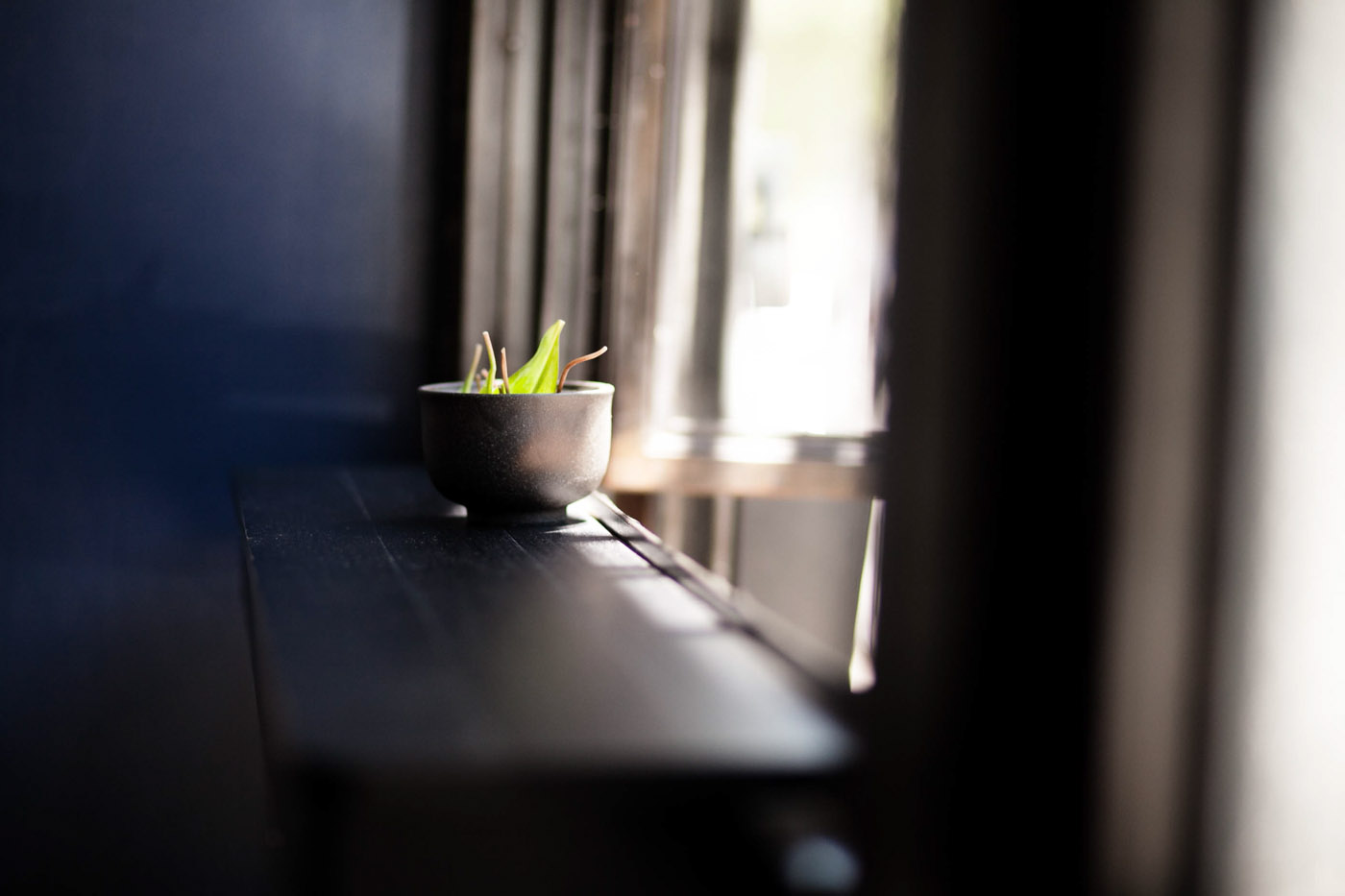
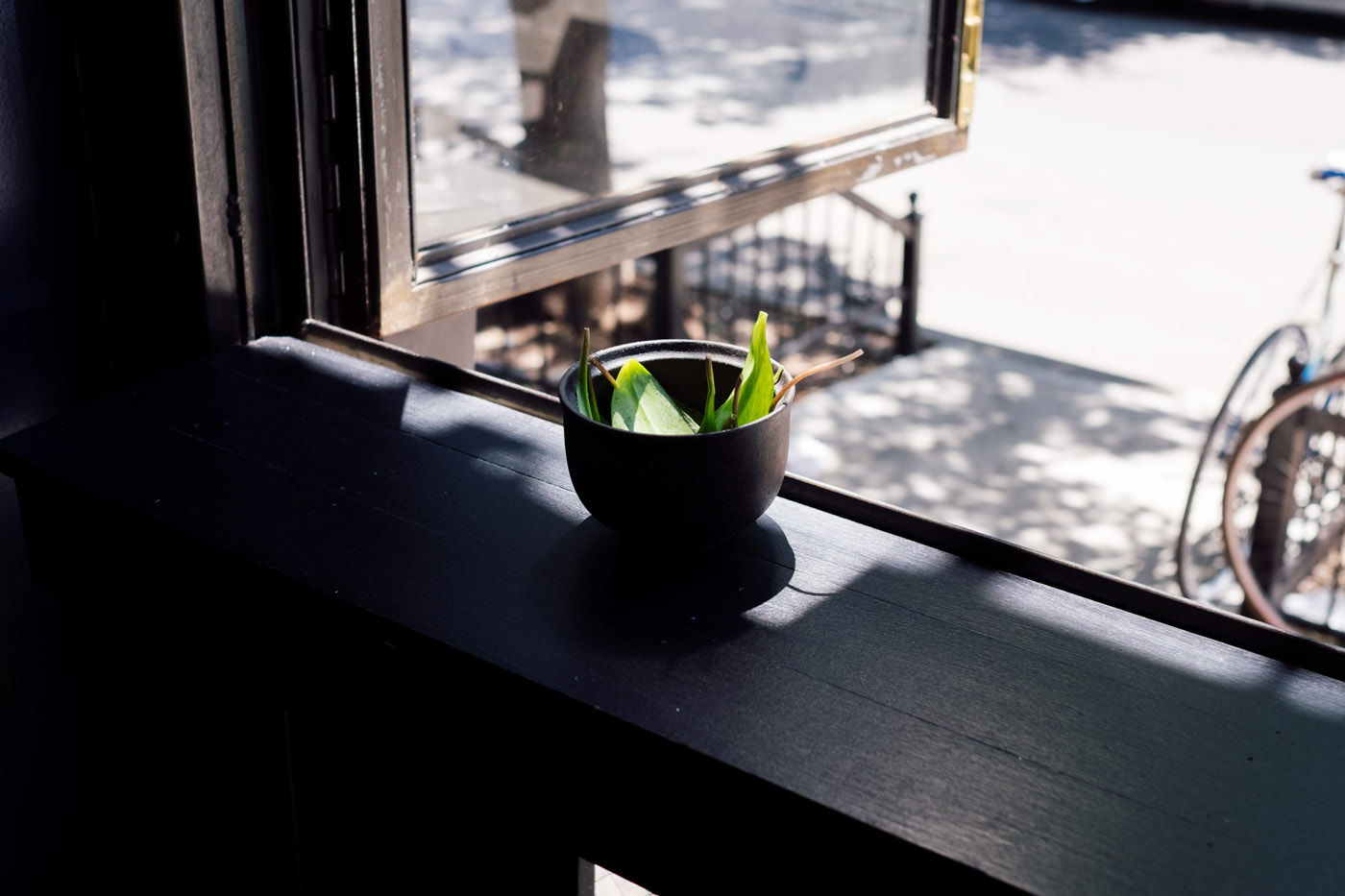
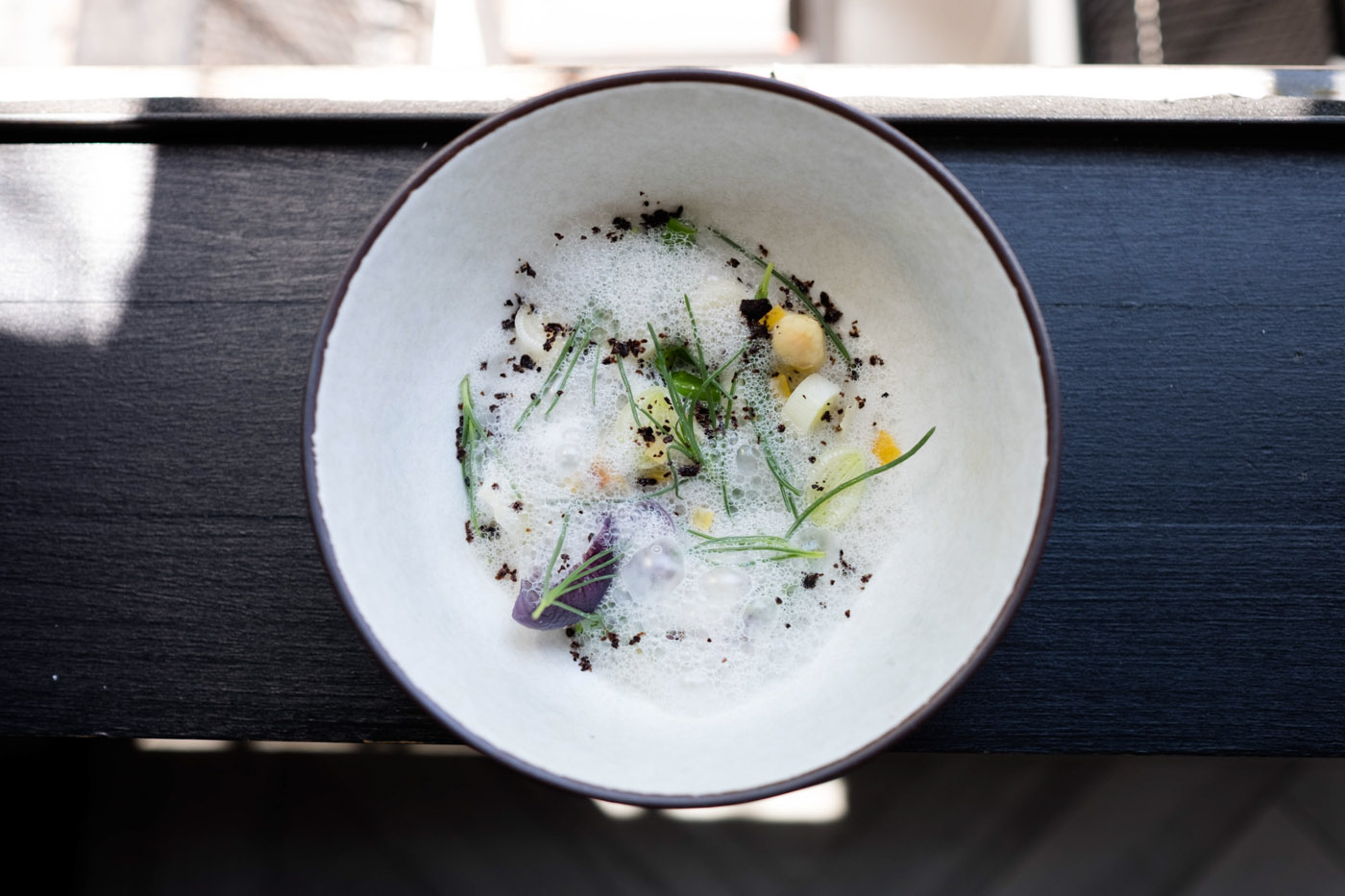
“We have a leek dish,” Ramirez-Ruiz, says, pulling another unidentified deli container from the shelf. “We roast [the leeks] whole and have to peel them; the outsides aren’t edible. We put [the peels] in the dehydrator…” he trails, waving the container beneath my nose and letting the asphalt-black powder finish his thought, provoking my eye-closing, head-snapping reaction. It is intense. Profoundly earthy and perplexingly packed with the aroma of freshly pulled espresso. This is from a leek?
“We end up with the most oniony powder––but with this burnt, coffee note to it,” Ramirez-Ruiz smiles at my incredulity. “We sprinkle it over that same leek and get all those roasted aromas and flavors; otherwise it would just be a leek that’s sweet.”
In essence, the chef is actually seasoning his vegetable with itself. This is some meta, make-you-think cooking––your contemplation of the concept only disrupted by how delicious the damned thing is. “The cool thing is that we’re just taking flavor that literally would have gone into the garbage, and we’re putting it on the plate in a different way, and it’s not costing us anything–– it’s, in fact, actually making the food better,” explains Ramirez-Ruiz.
These experiments yield secret weapons in Semilla’s epicurean arsenal, unlocking hidden flavors and unexpected new ingredients. Even items commonly used at home, like canned tuna fish, can be revolutionary through Semilla-colored lenses. “You know when you open a can of tuna and you dump out the liquid? That liquid is the shit! It’s the same thing as olives or capers. That liquid is gold––don’t ever throw that away,” Ramirez-Ruiz sternly advises me (as if I’d question his authority on flavor after that leek). “We strain it out and make a stock with tuna and parmesan rinds. It’s a good way of taking your canned tuna and using 100-percent of it. We’re always trying to come up with techniques where we use 100-percent of the product.”
But it’s not solely about enhancing the flavor; there’s sound business function behind their science. “Going to the market is not cheap, but I strongly believe there’s no way around it. We work closely with farms and spend a ton of money on the best product that is sustainably cultivated, and then we try to apply the least amount of manipulation and create the least amount of waste to put it on a plate without our percentages being affected.”
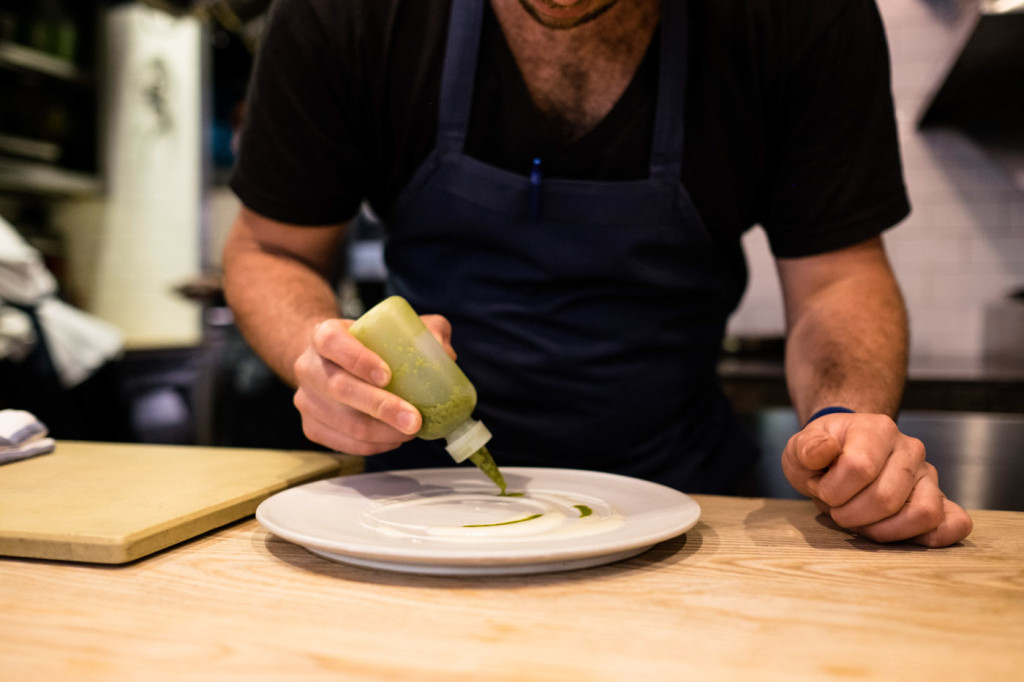

Ramirez-Ruiz continues, “Pam and I have been very adamant; we are not going to cut corners on the product. If we’re not where we need to be [financially], I will raise the prices, and I won’t have a problem with it. That’s the cost of food.”
“But that’s also the reason we’re using all the other techniques––that’s helping our bottom line and our percentages. When we’re not wasting this stuff away, and it’s still making it onto the plate, that is money––a lot of money––that literally would have gone straight in the garbage. And now I happen to have a cool technique and it makes the flavor even more intense––it’s a win/win/win situation.”
With a try-anything attitude with respect to resources, the only limits Semilla is forced to acknowledge are those associated with physical space. The restaurant, which is somewhere in the range of 500 square feet, has been striped to the ceiling with shelves that accommodate an array of preserving, pickling and fermenting projects––all intended to support those larger aims, and to enhance future iterations of their cuisine.
And while a larger space might have been attractive to a different team, Ramirez-Ruiz and Yung believe that directly interacting with and guiding guests personally is crucial. “We don’t even give people a menu; they come in and they have no idea what they’re eating. There’s a misconception that if they only eat vegetables, they’re not going to be full. So that’s the first boundary we have to break. We have to say, ‘Trust me, you’re going to be full.’ There’s an element of sit down, trust the chef, you’re in good hands; we’re going to feed you good stuff. [We want] to make sure people are getting the right experience,” Ramirez-Ruiz says.
The hand-holding, hands-on and hand-delivered approach began before the doors even opened. “You have no idea how much time I spent measuring elbow room and knee space,” Ramirez-Ruiz says of the counter, concerned that each meal be comfortably enjoyed without physical distractions.
And from the specs of the space to each piece of produce and flower petal on the plate, Yung and Ramirez-Ruiz are deliberate about every detail. They start each meal with small hand canapés; items that under different chaperones, could easily be spared the dedicated attention paid to larger dishes. In fact, the first one prepared for us appears, at a glance, to be a few simple leaves arranged on a stoneware plate.
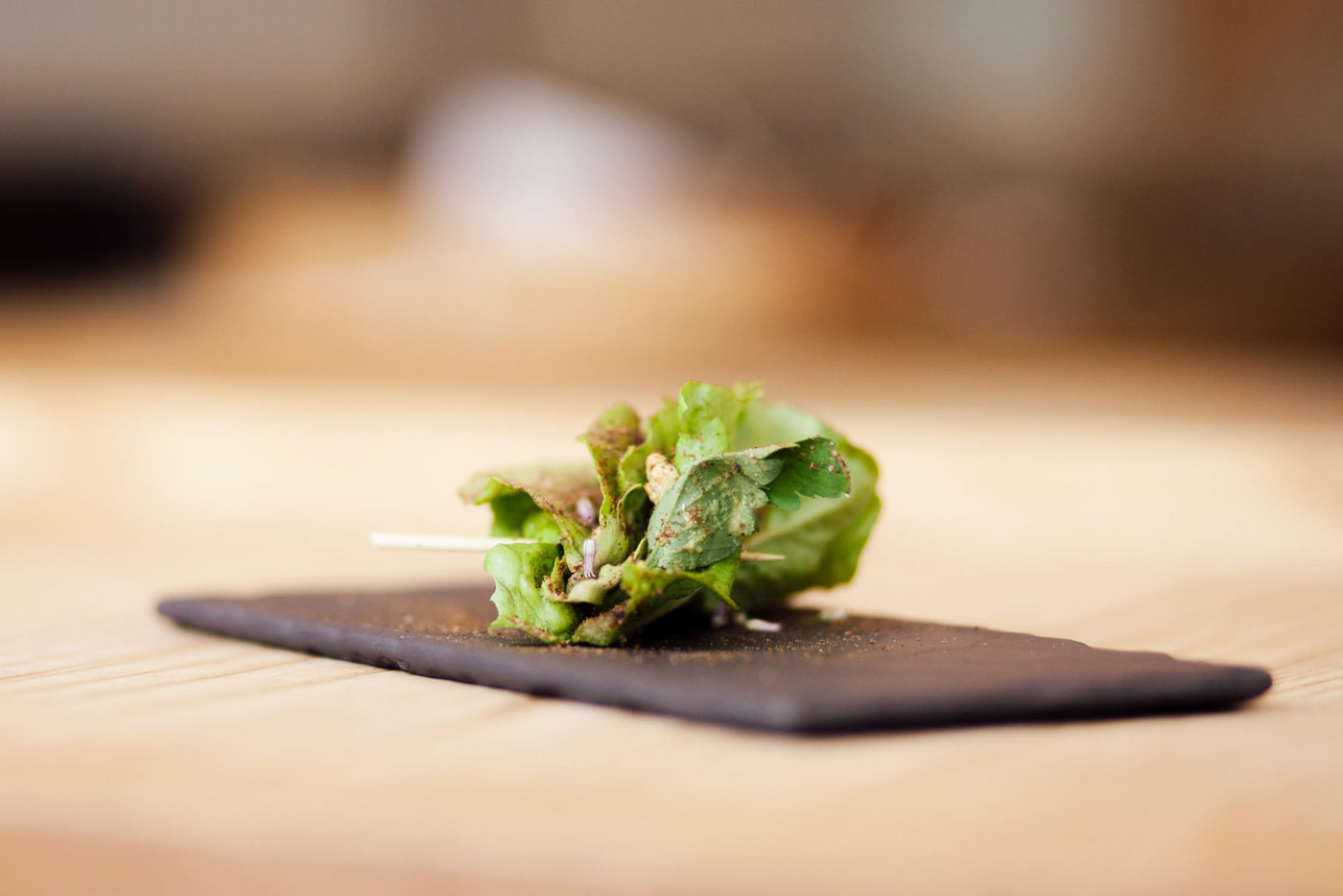
“Lettuce with herbs and seeds,” Ramirez-Ruiz tells me the name of the dish, a phonetically appropriate designation for the visual. But we quickly learn that to detail the weeks’ worth of work behind its creation would be more of a mouthful than the dish itself.
They begin by fermenting green garlic in a solution of whey, salt and water. “Imagine a kombucha with ramp flavor,” Ramirez-Ruiz says. It’s then pickled with hot vinegar and mustard seeds. Once that process is complete, the fermented, pickled garlic is chopped and combined with a house-made creme fraiche, and at that point, they finally have a dressing.
The “lettuce and herbs” portion refers to wild mint, peppercress, bush lettuce, two different types of bibb lettuces, chive blossom flowers, all dusted with another unfamiliar powder that––knowing now what I do about Semilla’s spice rack––has piqued my interest.
“We had an onion tartare on the menu,” Ramirez-Ruiz explains. “We smoked onions for eight hours––just like you would meat. All the trimmings that otherwise would have gone in the garbage, go in the dehydrator and we turn it into powder.” And all of this is backstory belongs to a two-bite canape served before the meal is even fully underway. A small initial offering that––upon tasting––unfolds explosively.
But despite dish after intricately layered dish, the team still insists they’re just letting ingredients speak for themselves, coaxing out flavors that naturally exist. “There’s a beauty to saying, ‘Okay, I can cut some vegetables and season them properly and serve them in an unexpected way and still push people’s boundaries.’ I think it takes the same amount of guts to chop something and put it in a bowl and serve it as a course,” Ramirez-Ruiz muses. “Don’t overcomplicate it.”
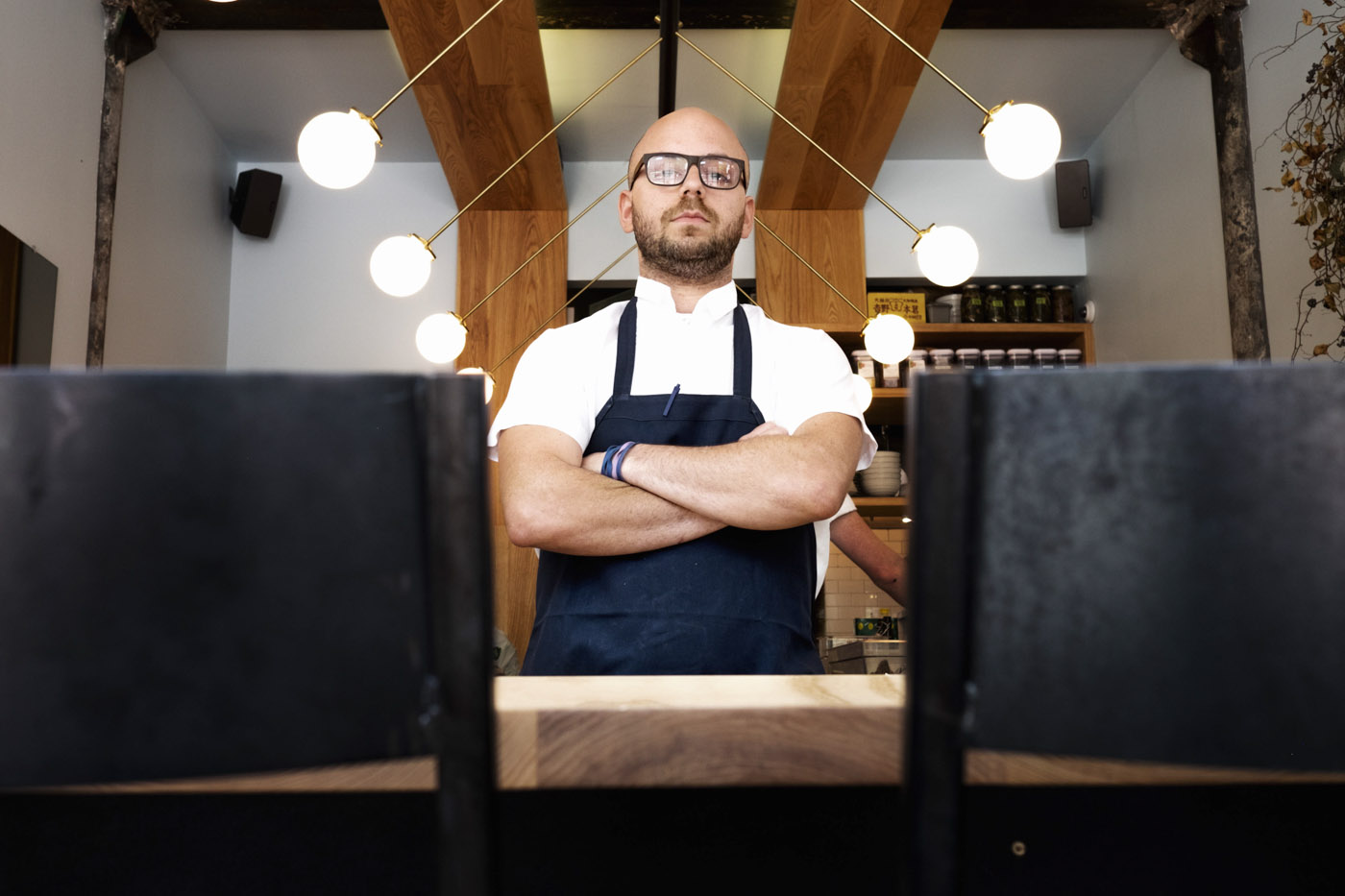
At Semilla, the philosophy is to adhere to simple strategies––to not only cover more ground, but to source more from it. To expand their methods, to achieve more flavor and be more versatile, and to do so in a more conscientious and organic way. To create more from a smaller kitchen with a tighter carbon footprint, a more intimate team and dining experience, and to achieve goals with great effect through good old fashioned flavor––albeit sometimes founded in newfangled technique.
Literally, Semilla translates to seed. In some ways, what Ramirez-Ruiz and Yung are doing is planting seeds, 18 seats at a time. Ones that if applied perennially and on a greater scale, can encourage a substantial change in the way we consume. Through unpretentious yet defiantly progressive dishes, Semilla proves that food that can be at once subtly (and perhaps even a little subliminally) didactic––but still sublimely delicious.
—
Semilla
No. 5, 160 Havemeyer St, Brooklyn, NY 11211





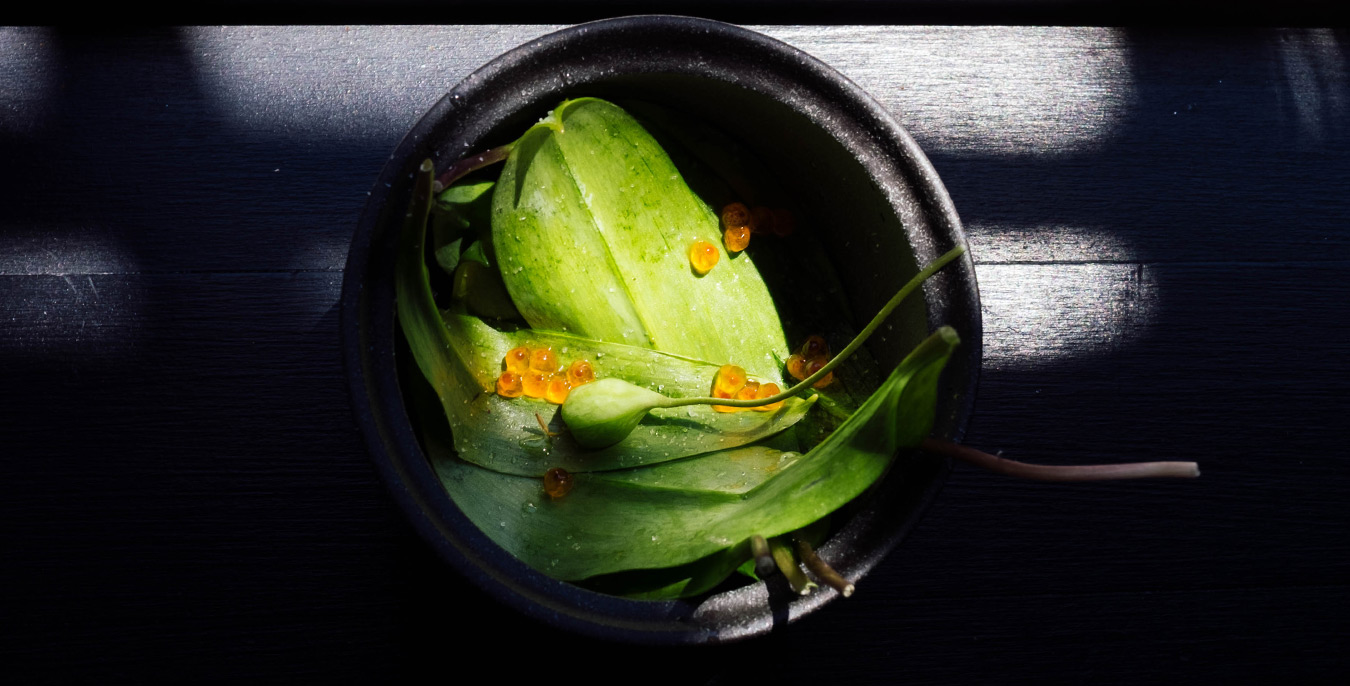

Our comments section is for members only.
Join today to gain exclusive access.